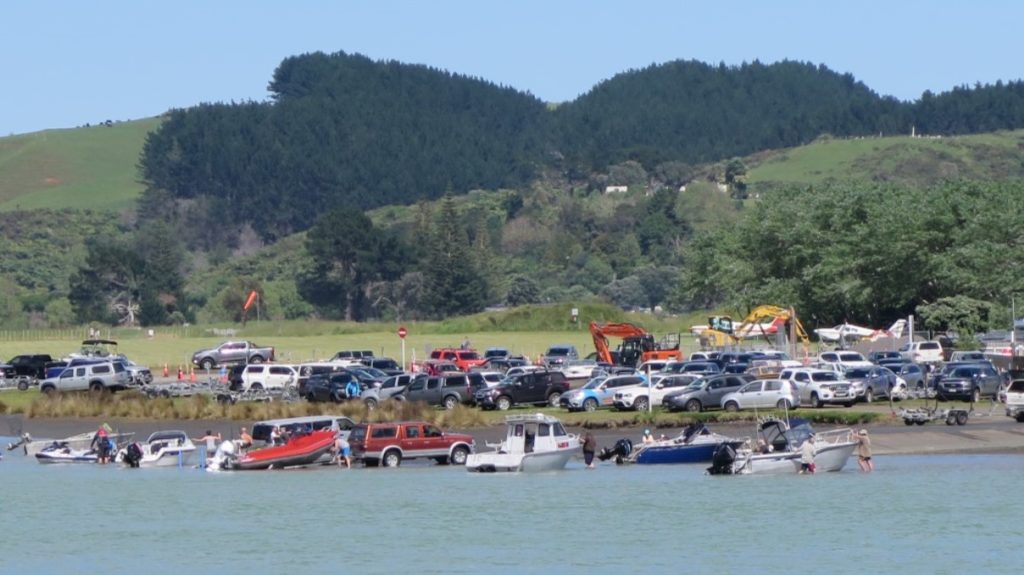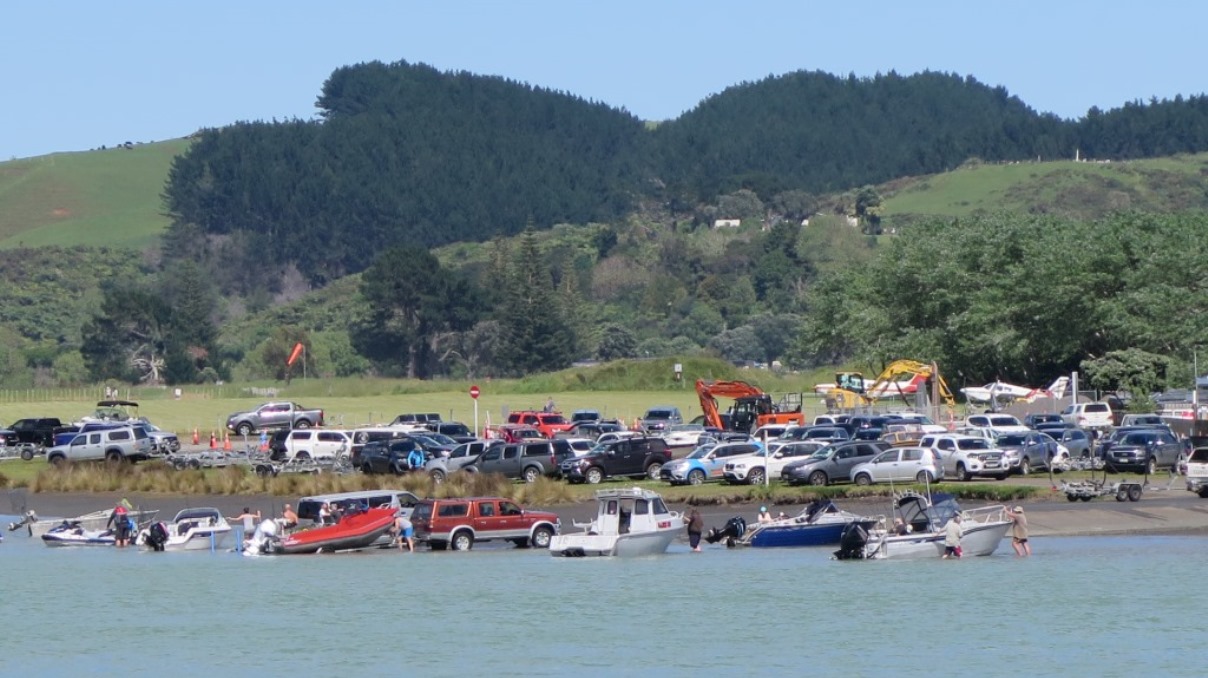Harbourmaster news
Boaties are being urged by Waikato Regional Council to stay within the limits of their abilities, after record numbers were seen at Raglan and other parts of the coastal Waikato on the weekend.
“The weather was stunning and Raglan had probably double the number of boats we would ever have in a peak season out on the water at the same time,” Waikato Regional Harbourmaster Chris Bredenbeck said.

– Safety key as boatie numbers surge
The surge in numbers on the coastal Waikato and on Lake Karāpiro was likely due to the Waikato Alert Level 3 boundary, which prevents travelling to hotspots on the Firth of Thames and Coromandel Peninsula.
“Anecdotally, we are aware of people inexperienced in crossing a bar who were able to do so last weekend in perfect conditions. Bar crossings are high risk and it’s worrying that some skippers last weekend will have gained some false confidence for the future.
“We’re still a couple of days out from the weekend, and forecasts at this stage suggest northerly winds and rain. It’s certainly not going to be as good as last weekend, but it’s easy to become complacent,” Mr Bredenbeck said.
“Bar crossings won’t be the same each time, so people need to be checking and prepping for the conditions, and be real about their abilities on the water,” he said.
Weather, current and tide conditions cause waves to break in an unpredictable pattern on bars, creating an unstable and hazardous environment. So boaties should look at the forecast for the time they’re leaving as well as when they’ll be coming back.
The best time to cross a bar is anytime within three hours before high tide. As a general rule, coming back up to three hours before and one hour after high tide is the best. All other times should be avoided, and a bar should never be crossed at low tide or at night.
Waikato Regional Council has links to bar cameras and safety videos which demonstrate how to navigate safely across a bar. Go to waikatoregion.govt.nz/safe-bar-crossings.
Here’s some other top tips for crossing a bar:
· When preparing to cross, make sure you tie down any loose objects, such as the anchor and ropes.
· Everyone on board must wear a lifejacket while crossing the bar, no matter what size vessel you are in.
· Always take two forms of waterproof communication so you can call for help if you need it.
· Contact Coastguard on VHF immediately before you cross and when you’ve successfully crossed to let them know your intentions to cross the bar and that you have made it across safely.
· Spend some time observing the bar before you attempt to cross.
· Watch out for others, only one boat should attempt to cross the bar at a time.
· One of the biggest mistakes is trying to exit the channel too soon.
· Always go out with an experienced skipper prior to attempting crossing yourself.
· Have a plan B if you can’t get back in.
· If in doubt, don’t go out.

